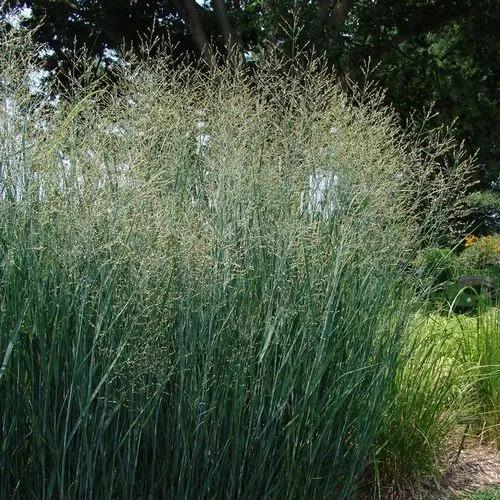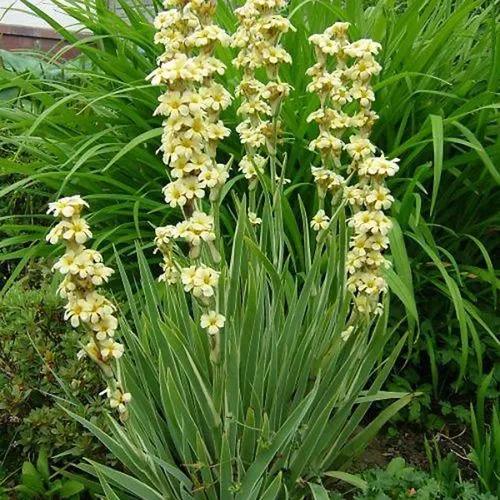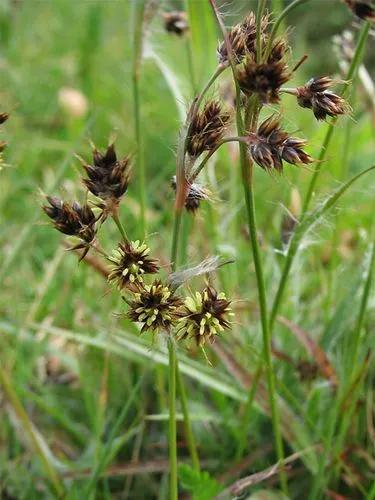It is a genus of plants in the grass family, native to Eurasia, Africa, Australia, Mexico, and the Pacific Islands. Common names include signalgrass.
Moorochloa Grass Care
Moorochloa eruciformis



Annual, with spreading culms rooting at the lower nodes. Flowering culms up to 45 cm high. Blades slightly hairy, flat. Flowering culms up to 45 cm high. Blades slightly hairy, flat, usually less than 7 cm long and only up to 4.5 mm wide. Panicle 5-7 cm long with several appressed to ascending racemes up to 2.3 cm long; rachis pubescent; spikelets about 2.5 mm long, slightly hairy; first glume tiny (0.3 mm long), nerveless
This plant might be poisonous
How to get rid of: Mulching, depending on the size and depth of the mulch, can prevent seedling establishment. Before seeds germinate, a 4-inch thick organic mulch (e.g., compost, wood chips, etc.) can prevent establishment. Organic mulch can also be applied after the seedlings have germinated but must be applied in a thicker layer (4 to 6 inches) and must cover the plants completely to block out all light. The most common products for this application contain Glyphosate or Glufosinate as active ingredients listed on the label. These herbicides work by translocating the product through the leaves to the roots where they interfere with the growth process. The best control is accomplished when applied to young plants. Both these products are non-selective, meaning they will kill any growing vegetation, both grass and broadleaf plants.
Discover more plants with the list below
Popular articles






